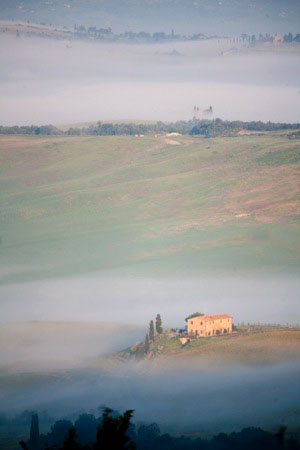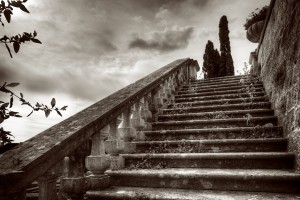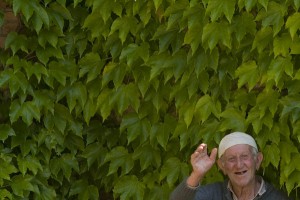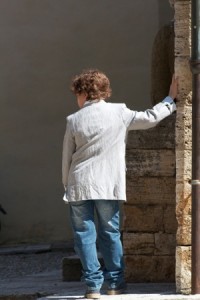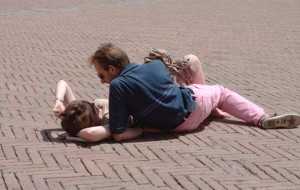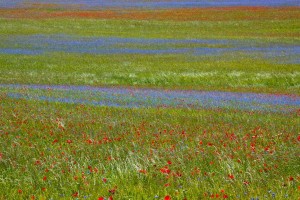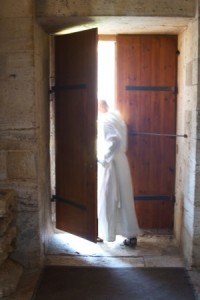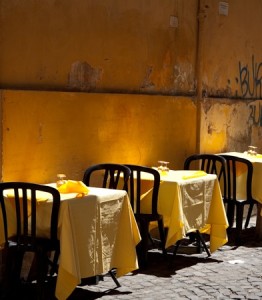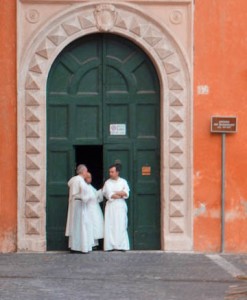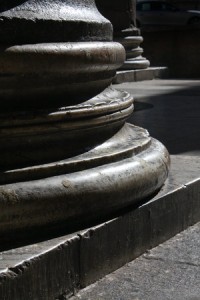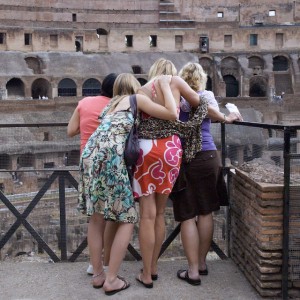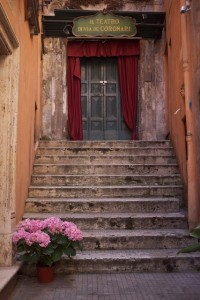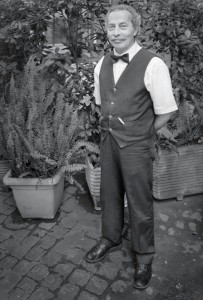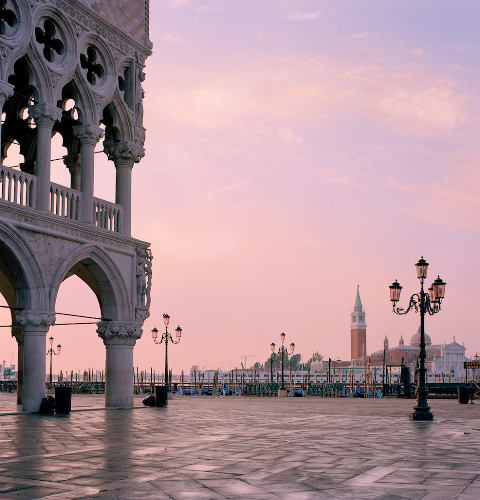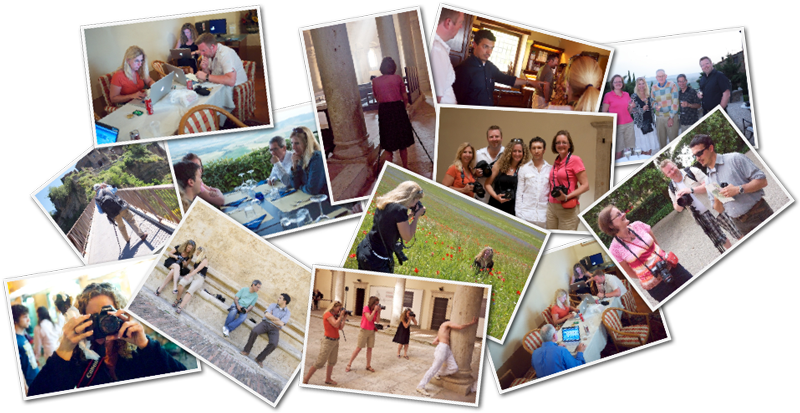2011 Umbria Photography Workshop – Details & Itinerary
Your Camera in Umbria: Sight & Insight – May 26 to May 31, 2011
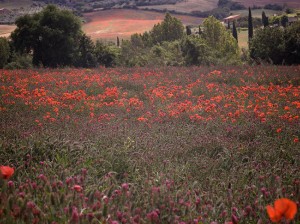
How is a photograph different from human vision? What is it about great photographs that separate them from the thousands of ordinary images we see every day? How can we best train our eyes to see the way the camera sees and become a better, more insightful photographer?
Working with light, lens and the mechanics of photography, we’ll explore the essential qualities of the medium to train our eyes to see more clearly and with greater feeling about our subjects. We’ll explore how depth-of-field can help us isolate subjects from their surroundings or, conversely, allow us to see everything in the frame with equal clarity. We’ll examine the way the camera’s shutter can help us create crisp details or an emotion-filled blur. We’ll look at how lens focal length affects our sense of proximity and intimacy with a subject and we’ll combine that with finding the right point of view by carefully choosing camera position.
And we’ll do all this in Umbria; the Italian region often referred to as Italy’s Green Heart.
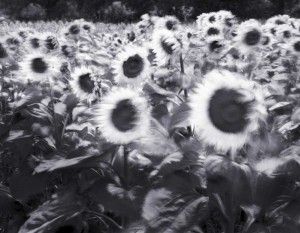
Geographically, Umbria is nearly at the very center of the Italian peninsula. The landscape is one of rolling hills, vineyards, olive groves and stands of cypress. Fortified hill towns that once stood guard for noblemen and peasants alike now offer charming and beautiful places to rest, shop, eat and live. Because Umbria is less-frequently visited by tourists than many other regions of Italy, its towns and hillsides are typically quiet and tranquil.
The light in Umbria is often soft and soothing, giving vistas an almost mystical quality. The Umbrian people are friendly and outgoing; they belong to a culture that celebrates life and recognizes the importance of the tranquility of their surroundings and the bounty of the land.
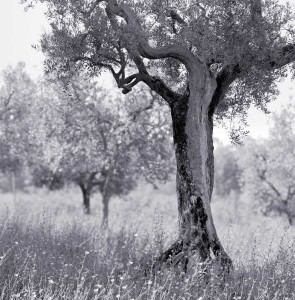
Olive oil flavors much of the local cooking and it’s joined by cured or grilled meats and vegetables so fresh that their flavors are laser-beam sharp. The iconic black Umbrian truffle is also an important component of the cuisine of the region, lending its earthy flavor to many traditional dishes. Umbrian wines are among the best in Italy but many are little-known outside of the region, so we will sample extraordinary wines that are off the radar screen of even some of the most savvy oenophiles.
We will divide our photographic time between rural and urban locations and everything in between. Twisting roads lined with cypress, endless fields dotted with the colors of spring wildflowers and gems of architecture will spread out before our cameras. You will meet – and photograph – Umbrian people who make wine and hunt for truffles. You will learn about Umbrian art, culture and history. Some mornings, we’ll be up early to catch morning light; some evenings, dinner will wait while we catch the last rays of the sun. Our driver will get us to the right places at the right time for the right light.
Because we will work with digital photographic equipment, we’ll be counting on its rapid feedback and we will be able to critique our images individually and via digital projection as a group. I will work with you as you edit your downloaded images to help you find your own personal sense of the places we’ll explore. Because the group will be shooting together and editing together, you will learn a lot from your fellow students as well.
I have limited this experience to a maximum of 7 photographers in order to ensure the best level of personal instructional attention. This is an intermediate-level photographic experience; you should be familiar with your DSLR camera and able to understand its basic controls. Non-photographer companions are welcome and warmly invited to attend.
Register for the workshops here!
Day 1/Day 4 Thursday, May 26 MEET IN ROME, TRANSFER TO UMBRIA
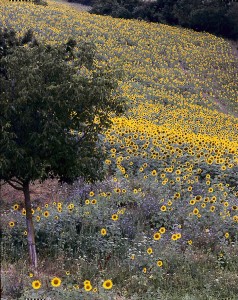
For those of you who are continuing on to Spoleto, we’ll depart from Rome at about 9:00. On the way to Spoleto, we’ll make a stop in Narni, a small typically Umbrian hill town village located on the southern boundary of the Umbria region, very near the exact geographical center of Italy. The churches and streets of Narni are decorated by many frescoes; they were not painted by famous artists, but nonetheless they show the characteristic peacefulness of the Umbrian school. Numerous valuable monuments are to be found within the city. Among the most important is the Romanesque cathedral with its works by Rossellino and other famous artists, the church of St. Francis, erected during the 8th century with its noteworthy frescoes executed by the local school, and the Palace dei Priori constructed in 1275 and situated in the medieval square of the same name.
Grab a quick bite for lunch before we continue on to Spoleto and the Hotel San Luca your base for the next few days.
When you arrive, explore Spoleto on your own in the afternoon and start making photographs. At about 5:00, meet with Jeff at our hotel for a glass of wine and a chance to get to know one another, and learn more about the workshop before proceeding on to dinner at Ristorante il Pentagramma, located in Spoleto.
Day 2/Day 5 Friday, May 27
Start with a breakfast meeting before we embark on a trip to Bevagna and Montefalco. We’ll depart at about 10:00.
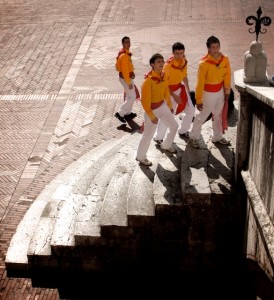
The little walled city of Bevagna is one of the most attractive places of central Umbria, in the plain of the Topino River. Unusual for Umbria, it is not a hill town, but is quite flat, sitting in a shallow basin at the foot of the northern end of the Colli Martani, the mountainous backbone of Umbria. Such an advantage would count for nothing if the town were unattractive, but Bevagna is loaded with interesting and beautiful sights: Roman mosaics, the remains of a Roman theatre and of two Roman temples, and half a dozen good churches, most of them medieval: among which the frescoed Sant’ Agostino, S. Domenico, S. Margherita; and above all, the great Romanesque churches of S. Michele and S. Silvestro that face each other across the square you see above.
Continue on to Montefalco. In addition to being one of the places from which you have the most wide-ranging views in the region, Montefalco has half a dozen good medieval churches, most of them retaining more of their frescoes than similar churches elsewhere in Umbria. The most important of them is the church of S. Francesco, which includes among its frescoes a cycle by Benozzo Gozzoli, and has also been turned into one of the three most important museums in Umbria–small, but a collection of masterworks of the Umbrian school. Finally, the town is famous for its dry red wine (Rosso di Montefalco), arguably the best in Umbria; and for a more recent red wine, Sagrantino di Montefalco, which has eclipsed the other and is one of the best wines in Italy.
We’ll also enjoy a stop at a winery so that we can taste some of the wines unique to this region.
We’ll enjoy dinner at the beautiful Villa Zuccari, the sister hotel of the San Luca, located in the countryside of Montefalco before heading back to Spoleto for the evening.
Day 3/ Day 6 Saturday, May 28
Start today with a breakfast meeting.
We will then visit Assisi, known throughout the world as the city of St. Francis, the monk who spoke to the animals and with God, whose cult has spread across the globe. Linked to the Saint are the Basilica of St Francis, as well as the Eremo of the Prisons and the convent of St. Damian. There are many other sites which earn Assisi great historical relevance, the Palazzo dei Priori in the Piazza del Comune, the Palazzo del Capitano del Popolo and the temple of Minerva. Descending towards the plains below the city, one finds the large Basilica of St. Maria of the Angels, erected to protect the Porziuncola Chapel.
The geographical position of Assisi completes the beauty of the place, dominated by Mount Subasio, a natural oasis rich of holm oaks and oak trees. You will be struck by the medieval structure, characterized by the long city wall, which protects the heart of the ancient Assisi.
We’ll then head back to Hotel San Luca. Jeff will work individually with you, helping you edit, sort and group your images.
Enjoy dinner on your own this evening. We’ll give you a few suggestions if you’d like.
Day 4/Day 7 Sunday, May 29
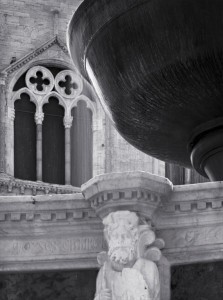
After our breakfast meeting, Perugia is our destination for today. A city born more than two thousand years ago, older even than Rome, Perugia is still conserved within the city walls built by the Etruscans. Perugia’s hilltop town center – connected by escalators – is a good place to explore medieval lanes and fine buildings. Corso Vannucci, the town’s principal street, is pedestrianized and leads to the main square, Piazza IV Novembre. A grand thirteenth-century fountain known as the Fontana Maggiore is the square’s centerpiece. The town’s cathedral, the Duomo or Cattedrale di San Lorenzo has a baroque facade and Roman ruins below, but dates mainly from the fourteenth and fifteenth centuries. The cathedral museum contains some of the finer artworks from the church, including an altarpiece by Luca Signorelli.
As the region’s capital, Perugia is home to the main Umbrian art gallery, the Galleria Nazionale dell’Umbria, which includes works by Piero della Francesca and Fra Angelico. The art gallery is housed in what is probably Perugia’s most notable building, the Palazzo dei Priori. This is the old civic palace, the town’s administrative headquarters, sitting proudly right at the heart of town. Attractive and formidable on the outside, the medieval building contains fine frescoes, including some – in the old money exchange, the Collegio del Cambio – by local star artist Perugino.
Head back to the hotel around 3:00 to work on images and critiques with Jeff.
Dinner in town this evening at Ristorante Apollinare.
Day 5/Day 8 Monday, May 30
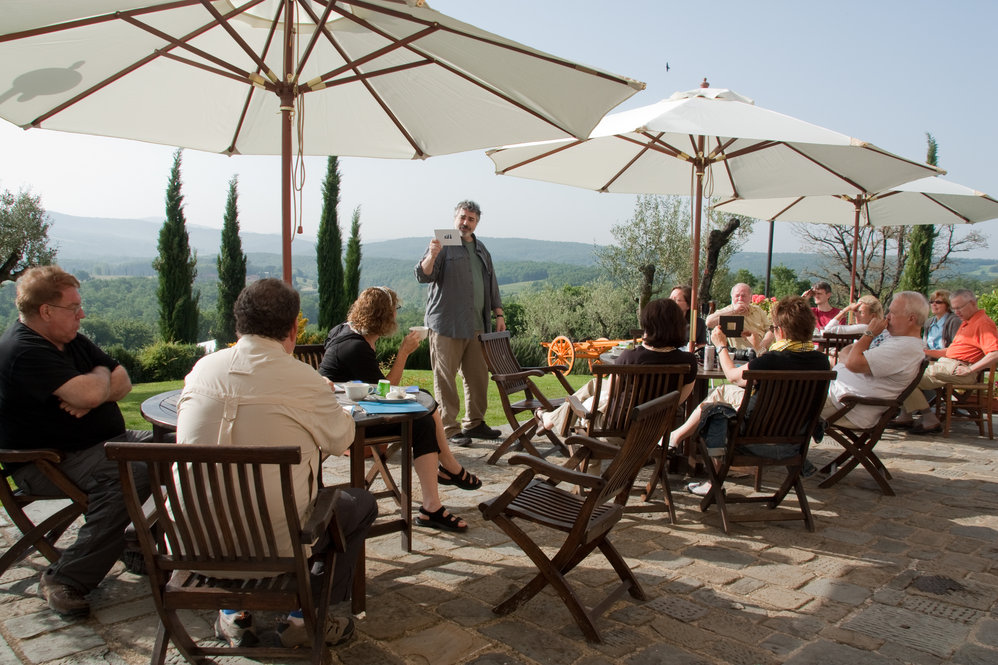
Today we will visit Città di Castello and experience a truffle hunt, cooking demonstration, and a terrific lunch. The truffle is one of the most mysterious and alluring products of the vegetable kingdom. Its secrets are always closely guarded and the market value by pound of this black and white tuber can exceed that of diamonds! You now have the opportunity for a very exciting experience near the town of Città di Castello, about 30 miles north of Perugia: you can go hunting with an award-winning truffle hunter in the luxuriant and verdant hills of Umbria. You will first meet with Matteo, who provides some essential information about the truffle and how, where and why the truffles grow as they do. Then you start the hunt in the woods with Sole, their amazing dog. You will witness the incredible communication between the truffle hunter and his dog, an understanding that goes well beyond commands. This is truly a special experience. After your hunt, you will return to the farmhouse where Matteo’s wife Elisa will reveal the secrets and the magical ways to wash and preserve truffles and how to create wonderful and typical dishes during a demonstration (this is not a hands-on cooking class). Finally, you will have a lunch feasting on these wonderful dishes, complete with good local wine.
We’ll return to Spoleto at about 4:00, where you’ll have time to work on your project–creating a web-based presentation with your best images from our stay in Spoleto”
Dinner in town at Osteria del Trivio.
Day 6/Day 9 Tuesday, May 31 Umbria to Pienza
If you are leaving us now, you will be transported to the Chiusi train station, from which you can travel to Rome, Florence and many other places throughout Italy. Please consult Rosanne before making any flight arrangements so that she can advise on timing.
If you are joining us for the Tuscany portion, you’ll meet us in at the Chiusi train station, which you can easily reach from Rome’s Termini station and from other locations in Italy. We’ll provide you with whatever assistance you need in advance to help you get there!



